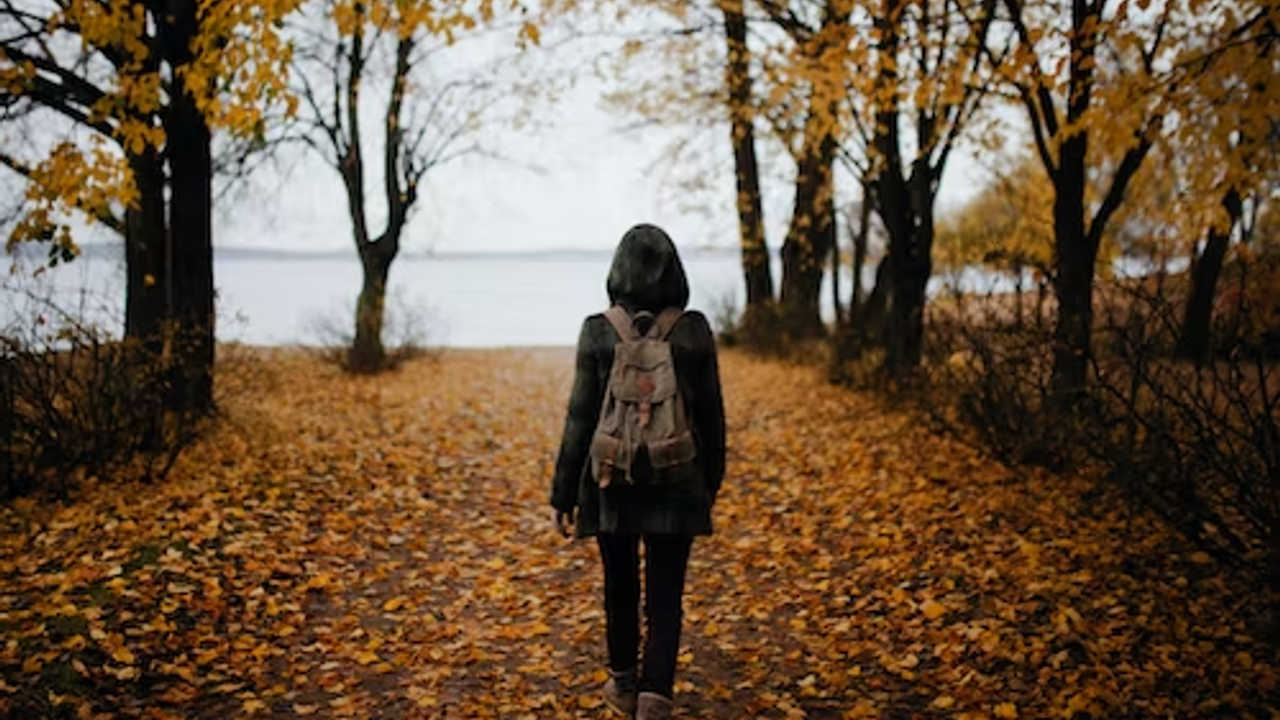Yoga for Respiratory Health
Breath is life and our quality of breathing determines the energy and vitality we feel. Whether you have a respiratory condition such as asthma or simply feel you grasp for breath and don’t quite feel your full breathing potential, supporting how you breathe through movement and exercise can help you thrive, body and mind.
Put most simply, breathing inhales oxygen into the body and exhales carbon dioxide out. This happens on a large scale through the lungs, but also for each and every one of the cells throughout your entire body. It is the respiratory system that provides the means for vital oxygen to enter bodies via our lungs, into the blood stream and ultimately through the whole body. The carbon dioxide excreted is the by-product of each cell’s breathing or ‘respiring’ – much like the body’s exhaust fumes.
Healthy lungs working optimally take in about ½ litre of air roughly 12-15 times each minute. They meet the cardiovascular system for oxygen delive...
In the first of two blogs giving you a flavour of the content and practices in my book Yoga and Somatics for Immune and Respiratory Health (Singing Dragon, October 2022) we explore the myriad ways in which a mindful, embodied movement practice can affect the whole of our immune maintenance and health.
Next time: Yoga and Somatics for Healthy Lungs
All illustrations are from the book, copyright Charlotte Watts 2022
Yoga campus course details here
To purchase Yoga and Somatics for Immune and Respiratory Health click here (use the code YSIRHPRE30 to receive a 30% discount).
Body-wide immunity
Our immune system is the basis of our defence and protection, but also healing and rebuilding. Understanding how it shapes our boundaries between the outside world and our internal landscape is key to supporting how we can support own most appropriate and effective response to threat and danger.
This is particularly true of those with pre-existing conditions; those with more obviously immun...
How to Maintain Energy Levels
It is a basic truth that the modern world is highly stimulatory. For many of us, the amount we have to do, to watch, to read, to scroll about can be overwhelming, but even if we don’t find the barrage of information seemingly too much, we can become desensitised to how much this steals our energy.
With any action or reaction, we need time and space to rest and recover. This is mirrored in our breath, with the basic pattern of the energising inhalation followed by the releasing exhalation. Accessing states and movement where we are fully able to breathe out and have recovery and energy support within the practice, can also help us feel where can restore, rather than deplete energy resources.
Energy states governed by the nervous system
We have similar active and resting states within the nervous system. This is our complex system of nerves (from brain to outer body) that coordinates all body activity and sensory information by transmitting signals to a...
Stress is a natural part of the human experience, but how we can regulate how we cope with its presence. Chronic stress and trauma create rigidity and tension within body tissues that leave our responses less adaptable and link them to inflammatory and structural issues. Add in that much of modern stress is within sedentary behaviour patterns that don’t allow us to physically express when we are angry, sad or in pain. Recent interest in movement as ‘body psychotherapy’ describes how we process much of our unconscious thought via our physical body.
A 2014 review of mindful movement research called Movement-based embodied contemplative practices: definitions and paradigms (Front Hum Neurosci. 2014; 8: 205) discussed how, over the past decades, cognitive neuroscience has witnessed a shift from predominantly disembodied and computational views of the mind, to more embodied and situated views of the mind. Put simply, to separate out mind from body is to miss intricate links between our men...
Central strength, vitality and mobility is not all in the abs. Connectivity from the feet, through fascia and up into the psoas is key to the core…
It is a phenomenon within Western medicine, that has subsequently been marketed within the fitness industry, to reduce the body to a series of different specialisms. A popular obsession is ‘core strength’, ‘core stability’ and ‘core work’. The most recognised definition of the core is the region containing the abdominal muscles, but to simply segment this area does not allow us to view our bodies as the web of continual motion that they are. A more systemic, whole-body way of looking at things has grown in recent years through the work of people like Ida Rolf[1], Thomas Hanna[2], Moshe Feldenkrais[3], and Tom Myers[4].
Deepening our understanding of our true core also allows us to expand beyond the concept of a mere body part to focus on when exercising. Feeling it as the central channel (sushumna) from where all of our movement originate...
How we can stimulate neural connectivity through cross-lateral movement patterns. It all starts with crawling…
Back to baby basics
Our first cross-lateral movement – when a limb from one side does something different to its opposite, or any movement that crosses over the midline, such as right hand touching left knee – is crawling. This is a big evolutionary shift from moving on our bellies, which moves bilaterally – leg and arm from the same side together during which the right side of the brain controls the right, and the left side, the left side of the body. Crawling builds bridges across the two, allowing information to pass freely across the corpus callosum and coordinate our spinal muscles and bodily movement up to standing and walking. Without this stage, we could only move awkwardly with and no relationship across diagonal lines of the body. Babies who do not crawl may well find other cross lateral methods to create this effect[1].
Whether you crawled or not, coming back t...
We know intuitively that when we move around, we feel clearer, sharper. When we don't move around enough, then we can feel more mentally sluggish, memory can become little harder to access, and reactions slower.
We can divide cognitive process into six types – attention, perception, memory, language, learning, and higher reasoning. These can both can occur simultaneously and independently, they rely upon each other and intertwine for that orchestration of how we think, feel and move our way through life. Learning new skills and new ways of thinking are supported when we also learn new movement patterns eg a new dance, type of movement to increase our cognitive fitness and longevity of our mental processes.
When we get moving, we increase circulation, we exercise the blood vessels themselves and this helps to prevent neurodegenerative conditions known to create cognitive impairment (Journal of Internal Medicine, 2011; 269(1): 107-117). Exercise also helps to control blood sugar levels...











